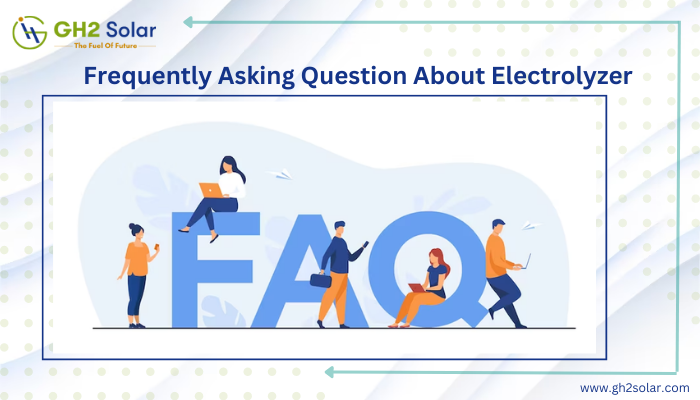The G20 summit (Green Hydrogen Initiative) brings together the governments and central bank governors of 19 countries and the European Union to discuss international issues. In 2022, the G20 summit was held in Bali, Indonesia, under the theme “Recover Together, Recover Stronger.”
Indonesia’s President Widodo highlighted the significance of the G20’s focus on building resilient health systems, digital transformation, and energy transition. The G20’s key objectives for 2022 included establishing a more robust global healthcare system, leveraging digital technology for societal progress, and promoting a just and affordable shift towards clean energy and a circular economy.
During the summit, India’s Prime Minister Narendra Modi stated that the country was making progress towards its target of generating 50% of its electricity from renewable sources by 2030.
Renewable Energy Discussion at G20 Summit
The Ministry of New and Renewable Energy, Ministry of Mines, and Ministry of Power hosted an official side event titled ‘Diversifying Renewables and Critical Minerals Supply Chains to Advance Energy Transition’ during the second Energy Transition Working Group meeting of India’s G20 Presidency in Gandhinagar, Gujarat.
Green hydrogen, produced from renewable sources like wind and solar power, has emerged as a crucial solution for achieving a net-zero carbon emissions future. India, being one of the largest energy consumers and greenhouse gas emitters worldwide, stands to benefit significantly from the adoption of green hydrogen to meet its net-zero targets.
Primarily, green hydrogen can aid India in decarbonizing its energy-intensive industries such as steel, cement, and chemicals, which currently rely heavily on fossil fuels and contribute significantly to India’s carbon emissions. Replacing fossil fuels with green hydrogen as a feedstock can enable these industries to reduce their carbon footprint.
Secondly, green hydrogen can be used as a transportation fuel, particularly in heavy-duty vehicles like trucks and buses. The transportation sector is a major source of greenhouse gas emissions in India, and the adoption of green hydrogen can significantly reduce these emissions.
Thirdly, green hydrogen can provide a reliable source of energy for remote and off-grid communities that currently have limited access to electricity. This can improve the quality of life for millions of people in India while reducing their dependence on fossil fuels.
Lastly, the development of a green hydrogen economy in India can create significant job opportunities and boost economic growth. India’s abundant solar and wind resources make it an ideal location to become a leading producer and exporter of green hydrogen, creating a new industry that can contribute to sustainable development.
What is India Doing in Green Hydrogen
India has set an ambitious target of producing 5 million tonnes of green hydrogen by 2030, even though it is not currently produced on a commercial scale in the country. Mukesh Ambani and Gautam Adani, two of India’s wealthiest businessmen, have announced plans to produce green hydrogen. The National Green Hydrogen Mission aims to make India a leading producer and supplier of green hydrogen to the world.
The mission’s projected outcomes by 2030 include developing a green hydrogen production capacity of at least 5 million metric tonnes per year, along with an associated renewable energy capacity addition of around 125 GW in the country. This will require over Rs. Eight lakh crore in total investments and create over six lakh jobs.
What are Other Countries Doing in Green Hydrogen
China currently holds the title of the world’s largest hydrogen consumer and producer, however, the majority of the hydrogen produced is “grey,” generated through the use of fossil fuels. Since 2019, China has shifted its focus towards green hydrogen and has initiated over 30 renewable energy-based green hydrogen projects.
In contrast, Australia’s presence in the green hydrogen market has been minimal. On the other hand, Canada recognizes the potential of green hydrogen markets, not just as a producer of gas from renewable resources but also as a manufacturer of fuel cells. France has set a target to produce 10% green hydrogen by 2023, while Germany aims to produce 5 GW of green hydrogen by 2030. Japan has set its sights on producing 3 million tonnes of green hydrogen by 2030. Norway aims to have 5-10% of its total energy consumption come from hydrogen by 2030, and South Korea plans to produce 5.26 million tonnes of green hydrogen by 2040.
Read Also: National Green Hydrogen Mission of India 2023
Green Hydrogen in G20
During Japan’s presidency in 2019, hydrogen was introduced as a topic of discussion at the G20. Since then, the conversation has shifted towards green hydrogen during the current Indonesian presidency. India aims to establish itself as a hub for exporting green hydrogen and green ammonia.
As it assumes the G20 presidency on December 1, 2022, India has the opportunity to use this platform to address supply chain challenges, encourage private sector participation in technology development, and advocate for policies that support the growth of the green hydrogen industry. India must take advantage of this opportunity and drive the conversation surrounding green hydrogen to new heights.
We At GH2 Solar
GH2 Solar is a technology-oriented company that has vast experience in executing oil and refineries solar rooftop & large-scale utility projects across India. Being already experienced in the renewable sector, now we are working on the development of “Green Hydrogen” & HAAS (Hydrogen as a Service). If you are planning to adopt Green Hydrogen, you can connect with GH2 Solar to get all information about the same.
For more information, please give us a call at 1800-102-8685
For more update, follow us on Linkedin







